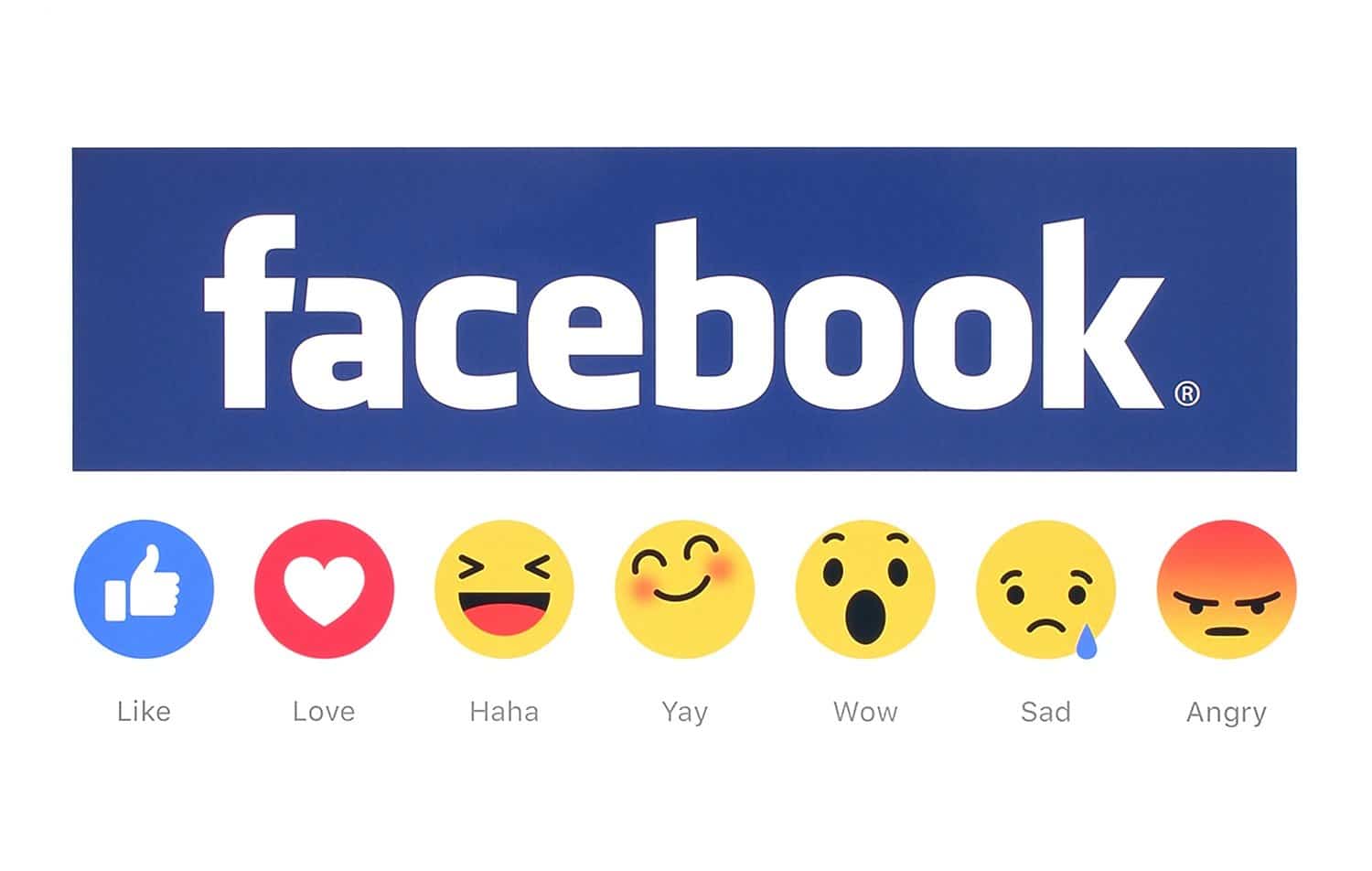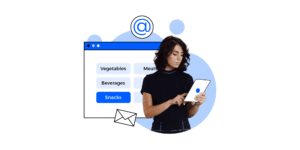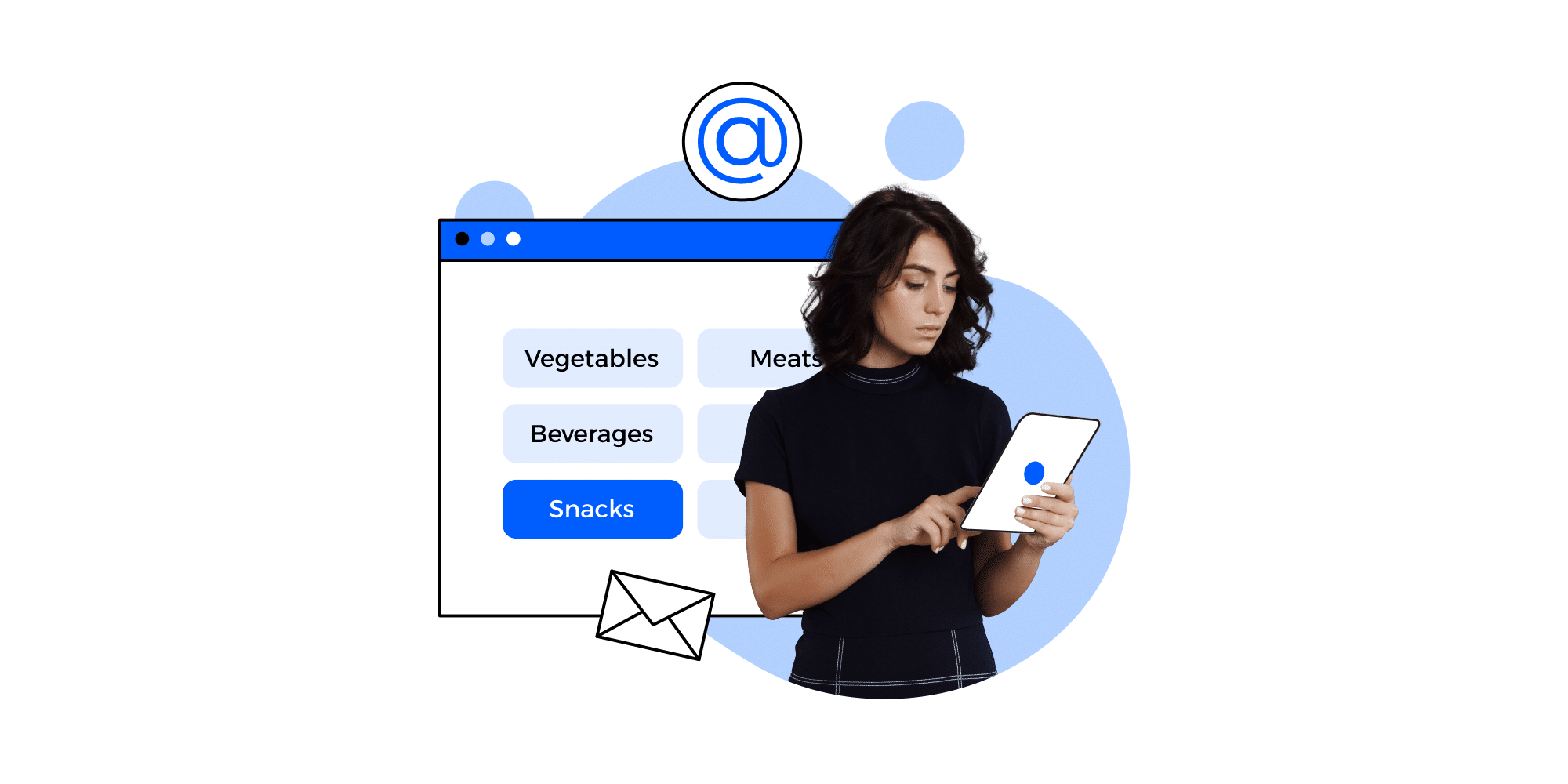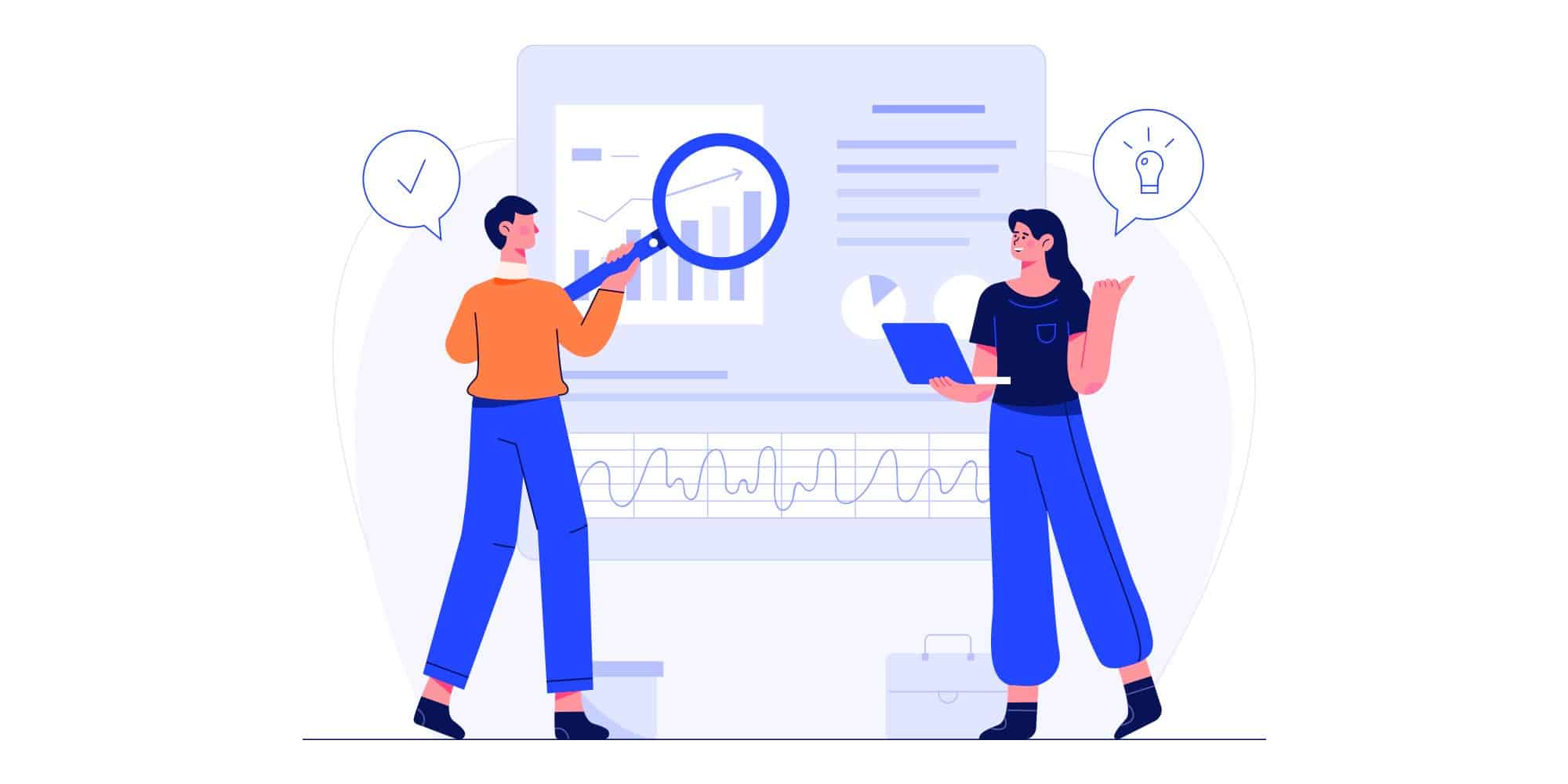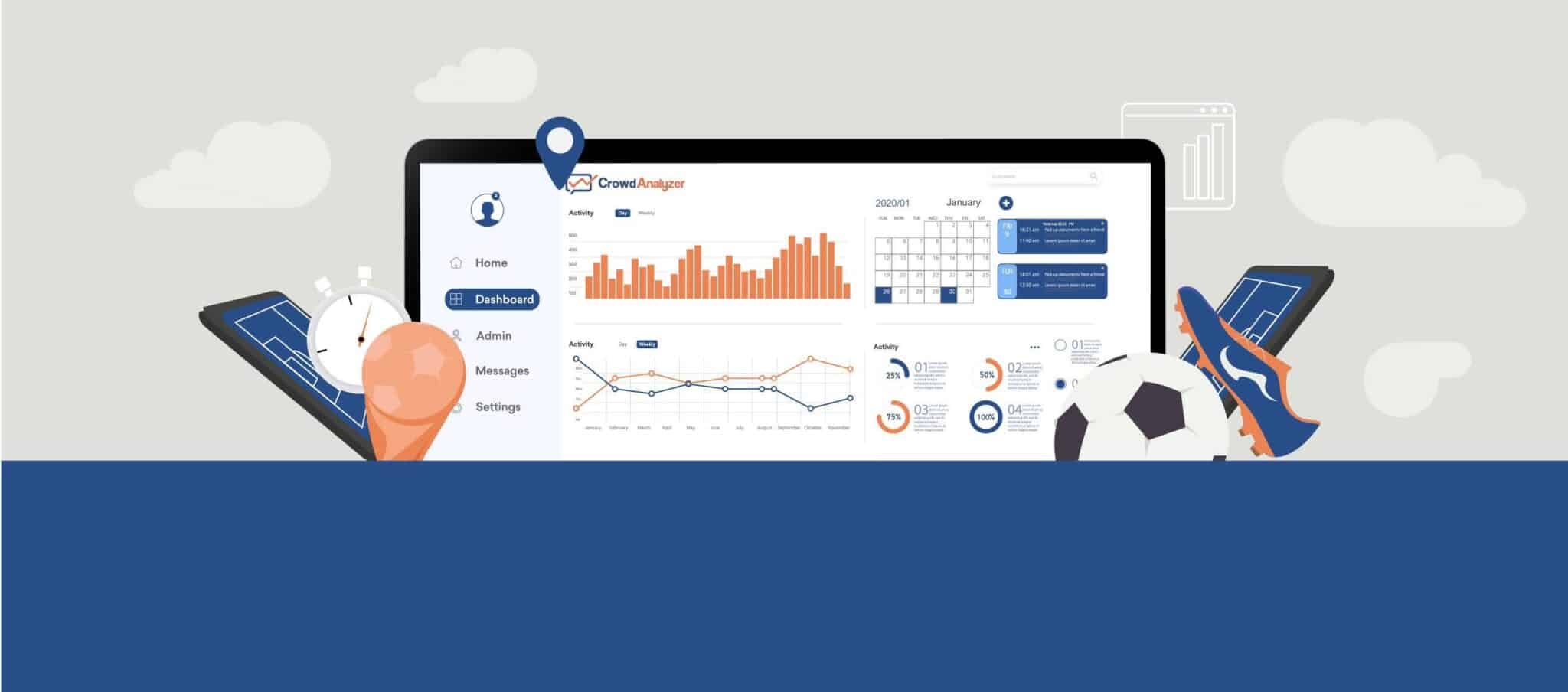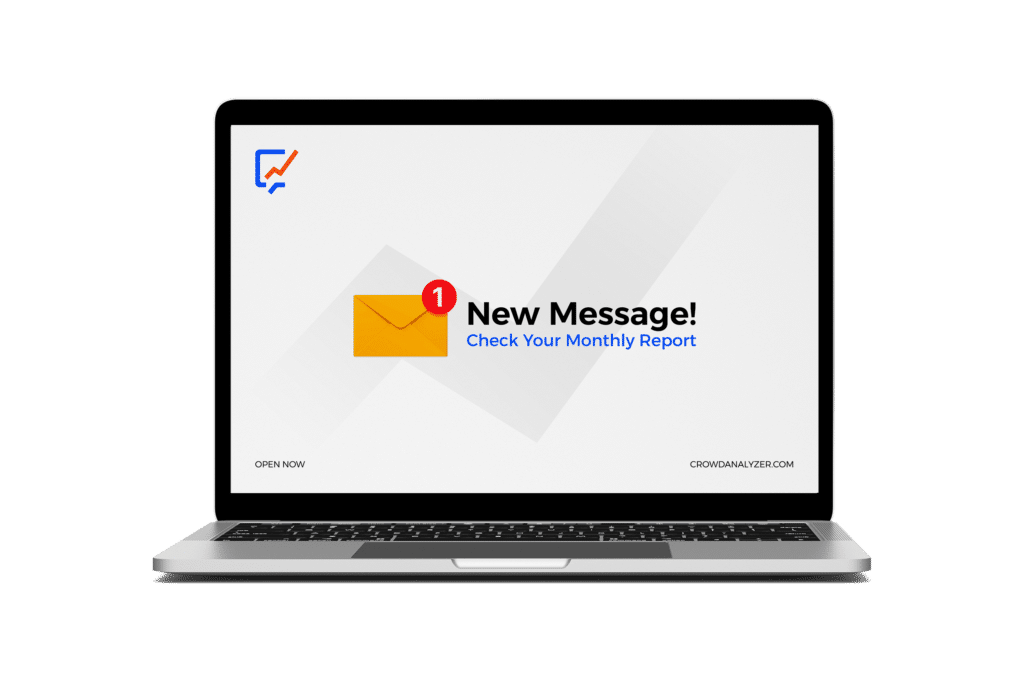Interacting on Facebook has been limited to liking, commenting and/or sharing a specific post for a long time. People later felt the need to include a dislike button to express unpleasant feelings toward what they read or watched. The idea seemed interesting and their request was valid. However, Facebook was planning for a bigger and more expressive update to deepen the interactions on the social network. By February 2016, the world was introduced to Facebook Reactions, which added more details to how people interact with posts.
Beside the normal Facebook “like” button, users are now able to express love, laughter (haha), amazement (Wow!), sadness and anger. From one way, this is helping Facebook to understand how people react to any post, and get more details and deeper insights on how they feel about them. On the other hand, it helps Facebook provide more relevant content to users, based on their positive feelings and likes. Nevertheless, it is important to note that Facebook reactions are generally helping Facebook collect more data about users. This will ultimately create valuable information and insights for companies and brands. So, what Facebook Reactions mean for marketers? And How they can use them to better plan for their marketing strategies?
Facebook Reactions 101: More users expressing their feelings
Giving that Facebook gives only two options for interaction with a certain post; like and comment, some users feel limited, and choose no other way to interact but to ignore the whole post. Regardless of how big or small their percentage is, they still represent an important part of the audience. More importantly, they might be those whom the company included as target customers. Facebook Reactions gives users the freedom to express how they feel in a quicker way than writing a comment.
Facebook Reactions 101: More accurate and realistic feedback
Life is not black and white, and thus people cannot always either love something or hate it. Although people wanted to have a dislike button, it wouldn’t have satisfied them as the new Facebook reactions did. On the other side, companies wouldn’t have got accurate insights on why people liked their brands, products or services, or disliked them. Facebook reactions provide deeper feedback, and more specific details on how people think and feel about them.
Facebook Reactions 101: Get feedback on the companies’ ads
Similar to posts, customers or users- in general-, can give more accurate and detailed feedback on the companies’ ads. Although Facebook treats reactions the same way it’s treating likes, it’s planning to be more selective in providing relevant content. In simpler words, so far, Facebook is providing users with more content and ads that are similar to what they reacted to, even if with anger or sadness. Nevertheless, in the future, it will conduct deeper analysis on how people use Facebook reactions. Accordingly, it can provide more content that has positive reactions.
Facebook Reactions 101: Better targeting customers
Based on people’s reactions, and Facebook analysis, companies can detect potential customers who enjoy their brands, products and services. So, instead of advertising randomly on Facebook pages, groups or personal accounts, companies can better select their target customers. Based on the positive Facebook reactions, companies can more accurately find their customers. More importantly, they will be able to create better opportunities to beat their competitors.
Facebook Reactions 101: Detecting the best content and most positive feedback
Content is an essential part of marketing, and it must satisfy customers. Customers’ satisfaction doesn’t happen only due to the value and quality of content. However, it also depends on how companies write it and present it to the customers. In this sense, Facebook reactions facilitates a great help for companies to identify the best content for their target audience. That’s because they can define the amount of positive feedback versus the negative one.
Facebook Reactions 101: Gain quick feedback when testing new products and services
Social listening always provides companies with great analysis and detailed feedback about what people think, feel, like and want. This, in a way, helps them understand people’s reactions to their products and services. Moreover, sometimes, it gives them ideas about new products or services. As a result, they can create more customer-relevant opportunities to get ahead of their competitors. Facebook reactions, however, provide this information in a short period of time, allowing companies to alter, improve, change or support their new products and services.
Using emojis is becoming more popular, as people find it fun and sometimes more expressive to their feelings and thoughts. Facebook reactions are not just helping people react to posts easily and quickly. They also provide valuable insights and detailed feedback to companies, which is adding to the benefits of social listening.
